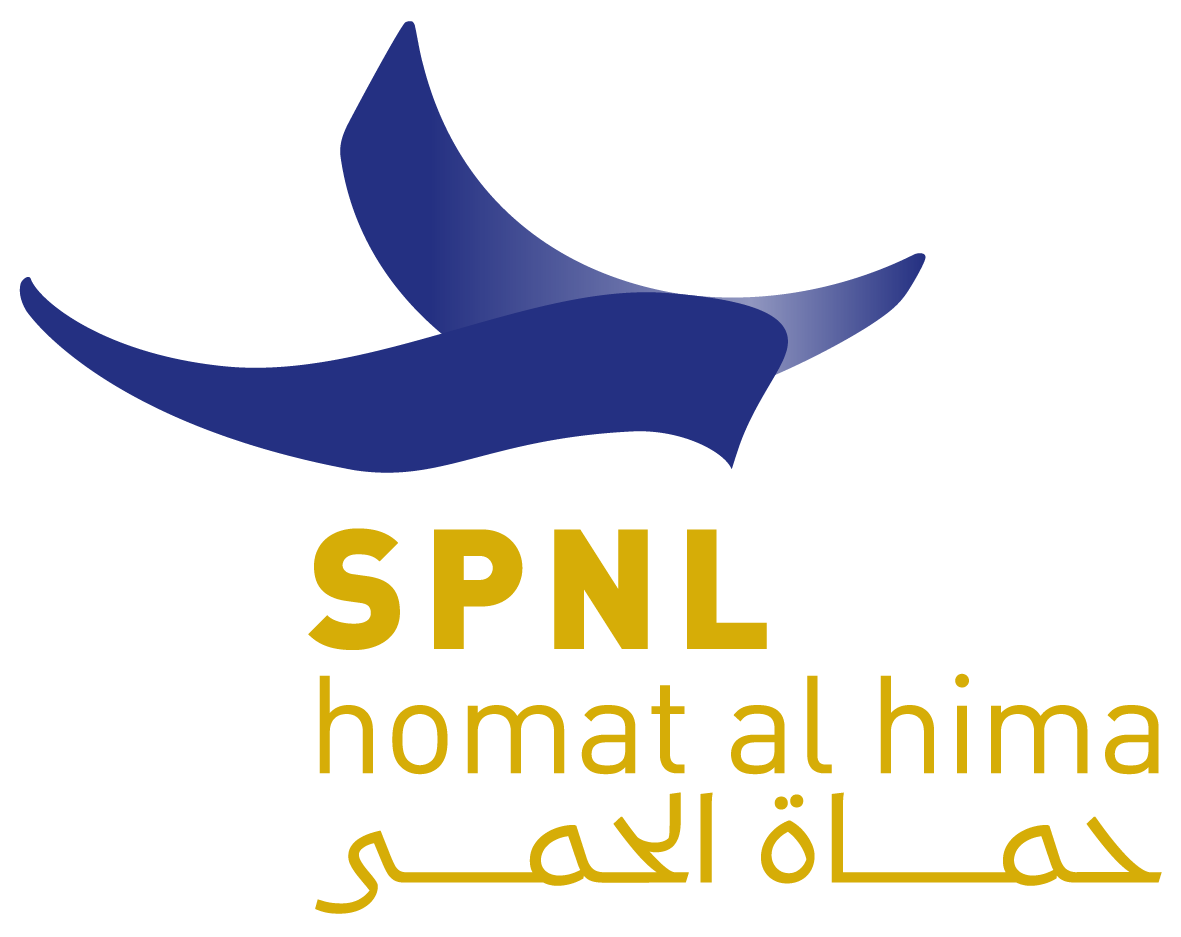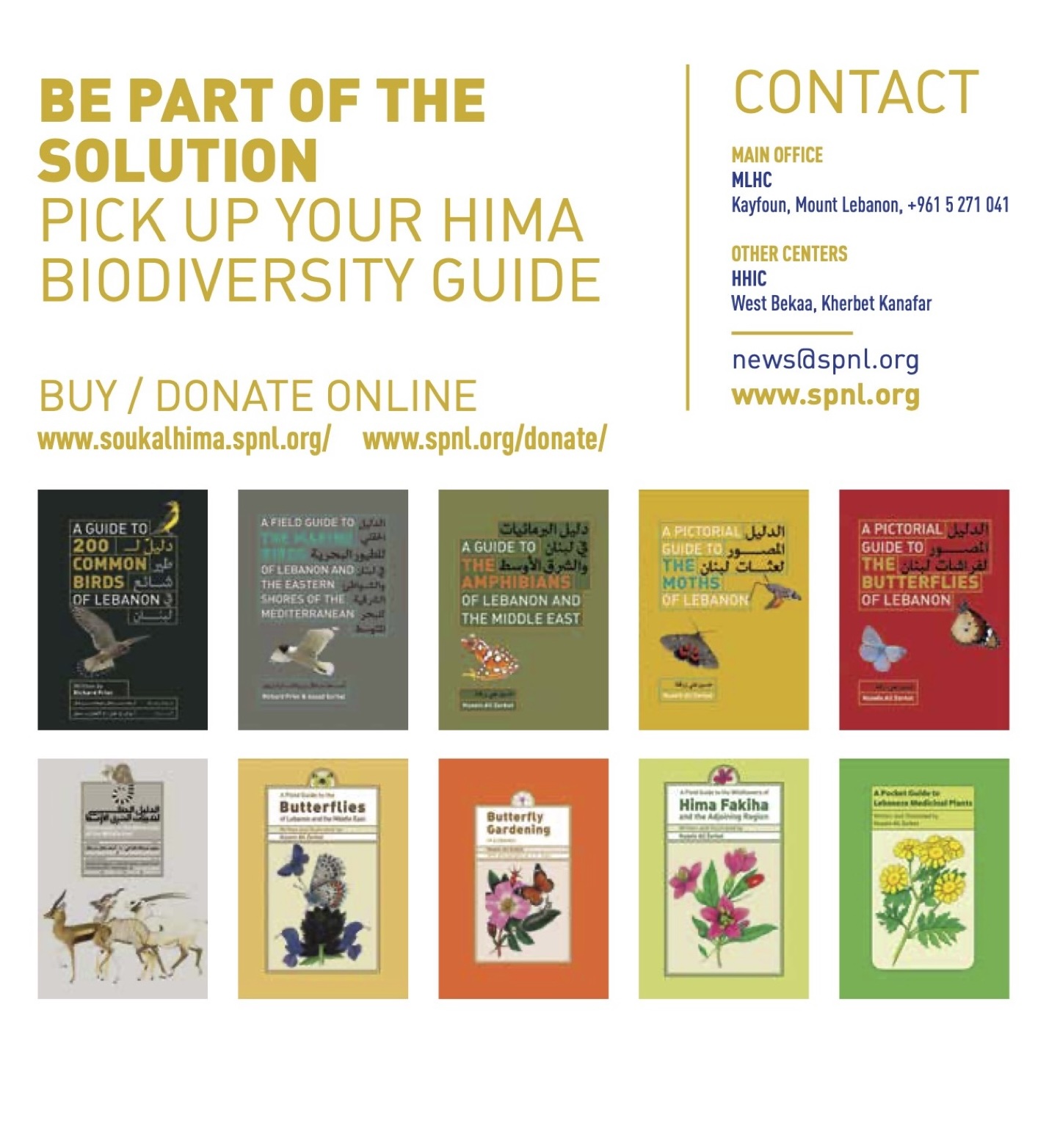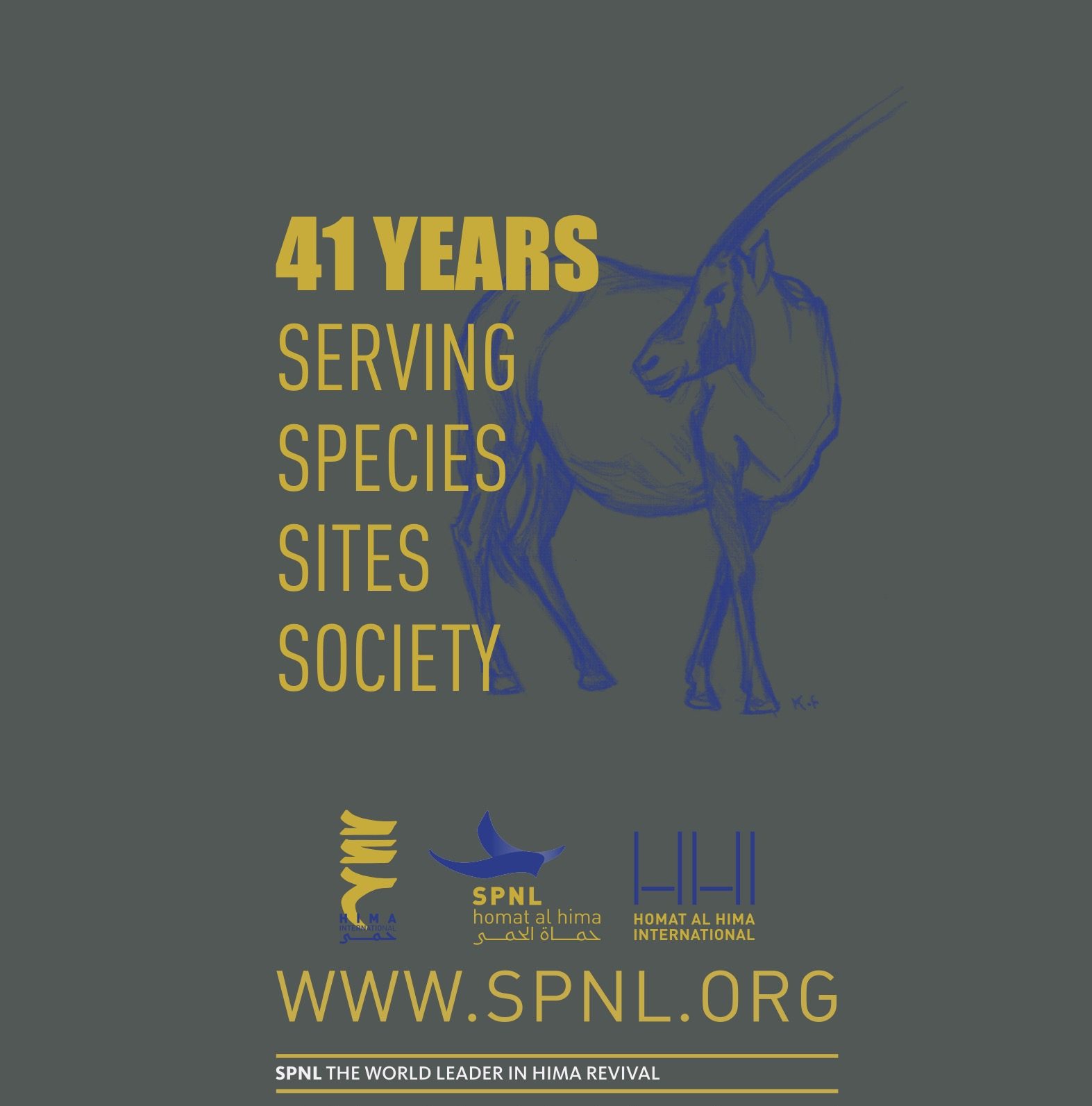https://www.youtube.com/watch?v=ayzkiNGntd0
The Bear (known as L’Ours in its original release) is a 1988 French film directed by Jean-Jacques Annaud. Adapted from the novel The Grizzly King (1916) by American author James Oliver Curwood, the screenplay was written by Gérard Brach. Set in late 19th-century British Columbia, Canada, the film tells the story of an orphaned bear cub who befriends an adult male grizzly as hunters pursue them through the wild. Several of the themes explored in the story include orphanhood, peril and protection, and mercy toward and on the behalf of a reformed hunter.
Annaud and Brach began planning the story and production in 1981, although filming did not begin until six years later, due to the director’s commitment to another project. The Bear was filmed almost entirely in the Italian and Austrian areas of the Dolomites, with live animals—including Bart the Bear, a trained 9-foot tall Kodiak—present on location. Notable for its almost complete lack of dialogue and its minimal score, the film was nominated for and won numerous international film awards.
In the mountainous wilds of British Columbia circa 1885, a young bear cub suffers the accidental death of his mother from a rockslide. Forced to fend for himself, the cub struggles to find food and shelter. Elsewhere in the mountains, a large male grizzly is pursued by two trophy hunters (Jack Wallace and Tcheky Karyo). Although the younger hunter attempts to kill the bear, his shot fails to take the animal down, and the wounded bear flees. Coming across the grizzly a short time later, the cub attempts to befriend him. Uninterested in the cub and distracted by his wound, the adult bear warns the young orphan away with a growl. The cub approaches again, however, and manages to soothingly lick the other bear’s wound. A friendship forms between the two bears, and the grizzly takes the orphan under his wing, teaching him to fish and hunt. At night, the cub suffers from nightmares, reliving the tragic death of his mother.
Determined to find the grizzly, the two hunters are joined by a third man (Andre Lacombe) and a pack of hunting Beaucerons. A chase ensues, in which both bears are driven toward a cliff, with the dogs in pursuit. While the cub hides, the grizzly lures the dogs away, killing some of them. He then escapes over the pass with the remaining dogs following behind. The hunters arrive to find their dogs dead or badly injured, one of them being the favorite Airedale Terrier of one of the hunters. Finding the frightened cub, they take him to their camp, where he is tethered to a tree, and tormented by the hunters and their vicious dogs. That night, the hunters plot how to kill the grizzly.
The next day, the hunters separate, with the younger one manning a spot high on a cliff near a waterfall. He descends from his post to wash up in a small waterfall in the hills. His gun out of reach, the hunter suddenly finds himself cornered by the grizzly, who rears and roars at the sight of the man. Faced with certain death, the hunter cowers in fear. The grizzly, seemingly affected by the hunter’s distress, turns and leaves. The young hunter, impressed by the bear’s act of mercy, attempts to scare him off more quickly by shooting his gun into the air. When the hunter’s companion joins him, having heard the gunshots, the younger man tells him that the bear is dead. However, spying the bear ascending a scree, the older man raises his rifle to shoot, only to be stopped by the other man. The three hunters return to their camp empty-handed, where they free the young cub and then ride off into the wilderness.
Alone again, the cub is soon confronted by a cougar, who corners the young bear near a stream. Trying to defend himself against the cougar’s attack, the bear struggles to roar. Suddenly, a loud and menacing roar chases the cougar away. Turning, the cub sees the adult grizzly and runs to his side, where he is comforted. As winter approaches, the two bears enter a cave together for hibernation.






